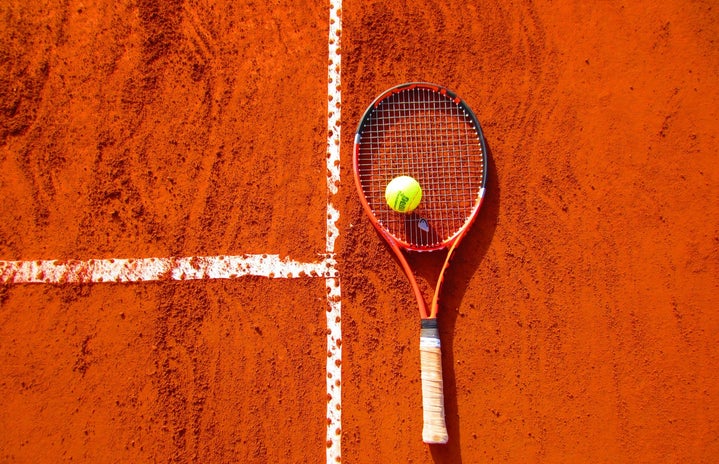Sports uniforms are meant to provide support and comfort for whatever sport they are used for and should be practical for moving around. They also provide a sense of unity amongst a team, as well as with other athletes and fans. Although sports uniforms are supposed to be practical and comfortable for those wearing it, I think it’s safe to say that some of the uniforms that women are expected to wear are the exact opposite.
For instance, male football players wear shoulder pads, a helmet, a jersey and have shorts that go beneath their knees to protect them when tackling other players. Whereas female football players’ outfits look quite different. Although they wear a helmet and shoulder pads, they don’t have a jersey or shorts that protect their knees. Instead, they wear something that looks similar to a bikini, and it doesn’t provide much protection or support at all.
We can see the same thing with men’s gymnast outfits versus women’s outfits. Men wear a leotard with loose-fitting shorts or pants, whereas women wear a skin-tight leotard. We see this again in volleyball as women wear tight shorts and men wear pants; in Olympic beach volleyball, women wear bikinis and men wear a jersey and shorts. This one shocked me because I thought that men would wear swimsuit attire as well, i.e., they would play shirtless for beach volleyball, but nope, it’s just women.
I feel that a key difference between women’s and men’s athletic uniforms is that some women’s uniforms are created to appeal to the public. This view is also supported by an androgynous model, Rain Dove, who has publicly spoken about the “sexploitation” in athletic uniforms. She stated that, “some people watch women [athletes] for their bodies and not their skills,” which I find to be true.
Sometimes the argument for keeping women’s sports uniforms the way they are is that tighter clothing (and a lack of clothing overall) allows for athletes to be more agile. However, when men are wearing clothes that look completely different for the same sport, this argument loses its merit. If we care so much about agility and speed, then why aren’t men wearing the same thing?
Some people have also argued that if athletes had so much of a problem with their uniforms, they should take a stand or simply not play the sport. In my opinion, this is an ignorant argument as it essentially takes the pressure off of the sports industry and puts it on women, who are the ones affected by certain rules and restrictions that they often cannot change. For instance, up until 2012, women’s beach volleyball players had to wear bikinis when playing.
I feel that having more revealing outfits would not be a large issue if it was something consistent for both male and female athletes within the sport. However, when only women are subjected to wearing certain uniforms, it makes you think that there’s more to this than just looking good and being able to move freely.
Personally, I feel like all athletes should have a choice of what type of uniform they wear without there being a debate about it. If someone wants to wear a more revealing outfit, that’s totally okay – but when women’s uniforms are more revealing than their male counterparts, it feels as if the outfits are not being made for women to be successful but to be eye candy for men.
Luckily, there are some women’s athletic uniforms that are similar and consistent with the male version, such as basketball, soccer and wrestling.
The difference between female and male sport uniforms is pretty evident for many sports. Hopefully in the future, there is less of a focus on the physical appeal of women when playing sports, and we can all watch or play sports for the sport itself!



